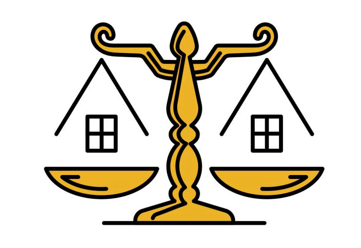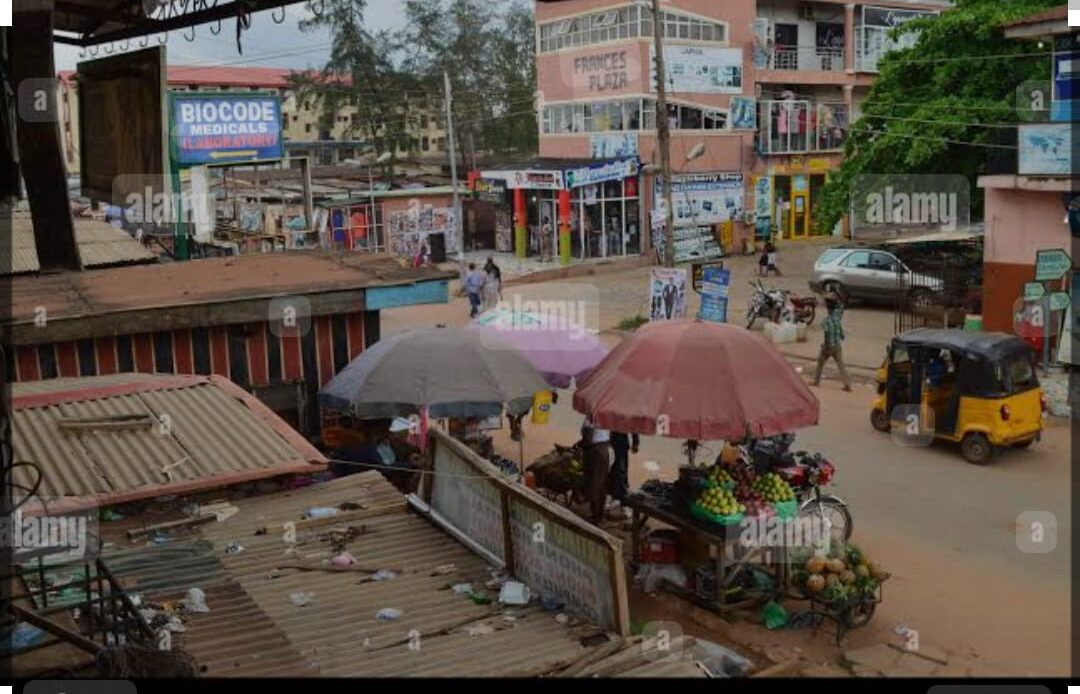Critical Challenges of Urbanization in Nigerian Construction and Powerful Strategies for Sustainable Development
INTRODUCTION
Nigeria is one of the fastest urbanizing countries in the world. As cities swell with a population influx, the Nigerian construction industry is facing unparalleled pressure to accommodate this urban expansion. Urbanization has created both remarkable opportunities and considerable challenges. This article explores the challenges of urbanization in Nigerian construction and outlines powerful strategies for sustainable development that could transform Nigeria’s urban future.
Urbanization should ideally signify progress—improved infrastructure, better housing, enhanced public services. However, without a sustainable approach, it can lead to environmental degradation, housing deficits, and socio-economic inequalities. This article addresses these multi-dimensional challenges in detail and proposes actionable, innovative solutions tailored to Nigeria’s unique socio-political context.
CHAPTER 1: THE URBANIZATION TREND IN NIGERIA
1.1. Definition and Scope of Urbanization
Urbanization refers to the increasing population of people living in urban areas as opposed to rural ones. In Nigeria, it is propelled by rural-urban migration, natural population growth, and administrative reclassification of rural areas into urban centers.
1.2. Current Urbanization Statistics
-
Over 50% of Nigeria’s population resides in urban areas.
-
Lagos, Abuja, Port Harcourt, and Kano are the fastest-growing cities.
-
An estimated 212 million people in Nigeria by 2025, with about 60% living in cities.
1.3. Drivers of Urban Growth in Nigeria
-
Economic opportunities in cities
-
Better access to education and healthcare
-
Government centralization of resources in urban areas
-
Real estate and construction industry growth
CHAPTER 2: CORE CHALLENGES OF URBANIZATION IN NIGERIAN CONSTRUCTION
2.1. Housing Deficit and Informal Settlements
Nigeria faces a housing shortfall of over 20 million units. Uncontrolled urban growth has led to the proliferation of slums and informal housing.
2.2. Poor Urban Planning
Most Nigerian cities lack updated and enforceable master plans. Construction often occurs without permits, leading to unregulated development.
2.3. Inadequate Infrastructure
The demand for roads, power, and water often outpaces supply. Construction projects face delays due to power outages and logistical constraints.
2.4. Environmental Degradation
Deforestation, flooding, waste mismanagement, and air pollution are directly tied to urban construction activities.
2.5. Regulatory Bottlenecks
Cumbersome land acquisition processes, corruption in urban planning departments, and bureaucratic delays hinder construction efficiency.
2.6. Rising Construction Costs
The costs of materials, labor, and logistics are inflated due to import dependence and poor local manufacturing.
2.7. Climate Change and Urban Resilience
Rapid urbanization has outpaced climate adaptation efforts, leaving urban areas vulnerable to extreme weather events.
2.8. Urban Poverty and Inequality
Urban development projects often displace the poor and reinforce socio-economic divides.
CHAPTER 3: CASE STUDIES ILLUSTRATING THE CHALLENGES
3.1. Lagos: The Struggle with Informal Settlements
Lagos is home to over 14 million people, with about 60% living in informal housing. Government-led demolitions have sparked legal battles and human rights outcry.
3.2. Abuja: Infrastructure vs. Population Growth
Though a planned city, Abuja has struggled with keeping up infrastructure in satellite towns like Kubwa and Nyanya.
3.3. Port Harcourt: Environmental Impact of Construction
Construction in the oil-rich region has led to wetland destruction, exacerbating flood risks and community displacement.
Relevant Case Law:
-
Bello v. AG Oyo State (1986): Highlighted the constitutional right to shelter and due process in demolition exercises.
-
Fajemirokun v. Commercial Bank (Nig) Ltd (2009): Emphasized the importance of procedural fairness in urban development disputes.
CHAPTER 4: POWERFUL STRATEGIES FOR SUSTAINABLE URBAN DEVELOPMENT
4.1. Integrative Urban Planning
Develop enforceable master plans that balance residential, commercial, and environmental needs.
4.2. Affordable Housing Programs
Public-private partnerships (PPPs) can reduce the housing deficit. Leveraging prefabrication and local materials can cut costs.
4.3. Infrastructure Investment
Massive public investment in transportation, water, and power infrastructure to match urban growth.
4.4. Smart City Initiatives
Deploy technology for traffic management, security, waste disposal, and utility monitoring.
4.5. Green Construction Practices
Adopt eco-friendly building materials, rainwater harvesting, solar panels, and green roofs to reduce the environmental impact.
4.6. Legal and Institutional Reforms
-
Simplify land registration and building approval processes
-
Strengthen regulatory oversight
-
Penalize illegal developments
4.7. Community-Based Planning
Engage residents in urban design decisions to foster inclusion and social harmony.
4.8. Capacity Building
Train architects, engineers, and urban planners in sustainable design and project management.
CHAPTER 5: THE ROLE OF STAKEHOLDERS IN SUSTAINABLE DEVELOPMENT
5.1. Government Agencies
Ministries of Works and Housing, Urban Development Authorities, and the Nigerian Urban and Regional Planning Law should lead policy implementation.
5.2. Private Sector Involvement
Real estate developers, construction companies, and financiers must prioritize sustainability in their operations.
5.3. Civil Society and NGOs
Hold policymakers accountable, raise awareness on urban rights, and facilitate inclusive participation.
5.4. International Partnerships
Leverage support from UN-Habitat, World Bank, and foreign investors to finance smart and green infrastructure.
CHAPTER 6: FUTURE OUTLOOK: NIGERIA’S URBANIZATION TRAJECTORY
6.1. Urban Population Projections
Nigeria is expected to add nearly 100 million urban dwellers by 2050. Sustainable urban planning must be proactive.
6.2. Embracing Innovation in Construction
Use of drones, AI for site inspection, and 3D printing in housing projects.
6.3. Inclusive Urban Policies
Policies must address gender equity, accessibility for persons with disabilities, and protection of marginalized communities.
6.4. National Urban Agenda
Develop a cohesive urban development policy that harmonizes state and federal efforts.
CONCLUSION
The challenges of urbanization in Nigerian construction are complex, but not insurmountable. Strategic planning, stakeholder collaboration, and a commitment to sustainability can usher in a new era of urban resilience. Cities like Lagos and Abuja can transform into models of inclusive growth and innovation, setting the pace for the rest of Africa.
The way forward lies in adopting powerful strategies for sustainable development, leveraging both technology and traditional wisdom to create cities that serve all citizens equitably.
For tailored legal and regulatory guidance in urban development and real estate, visit CHAMAN Law Firm.
Contact Us
Chaman Law Firm today. Our offices are conveniently located in Lagos, FCT Abuja, Ogun State, and the UK. We are readily available to assist you with your legal needs. Whether you require consultation, representation, or ongoing legal support, Chaman Law Firm is your trusted partner.
Call us at 08065553671 or email us at info@chamanlawfirm.com to schedule a consultation.


